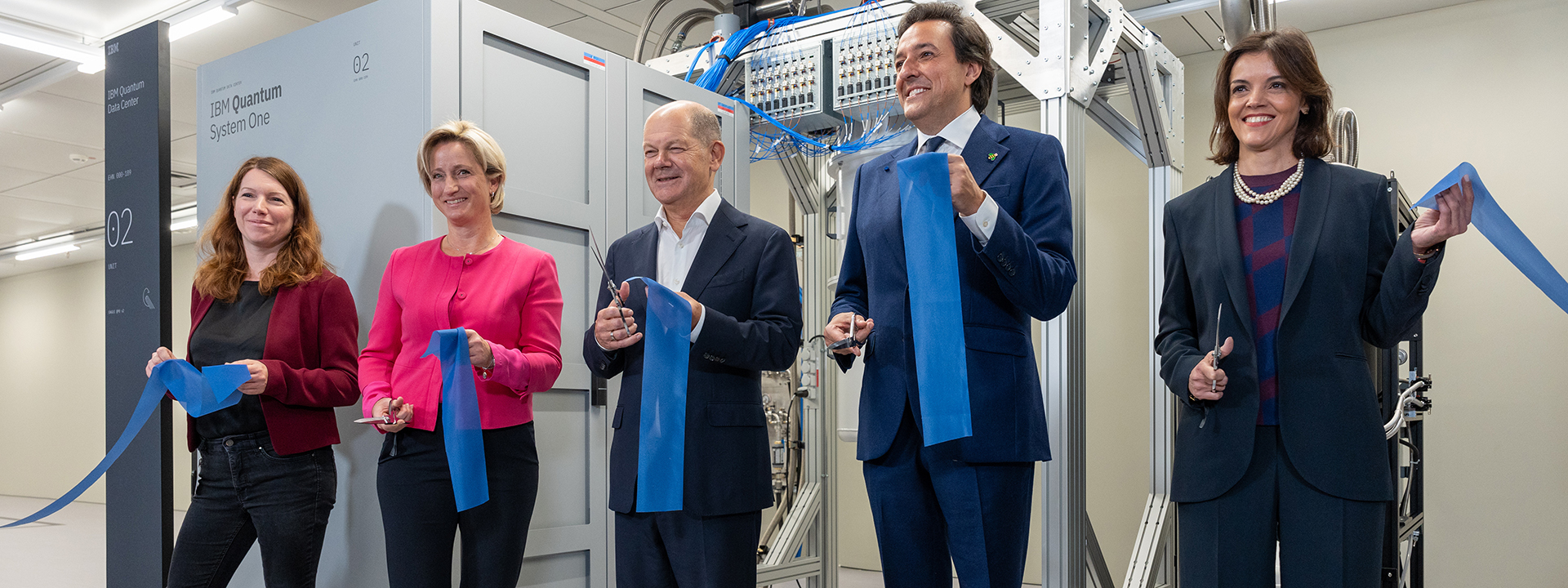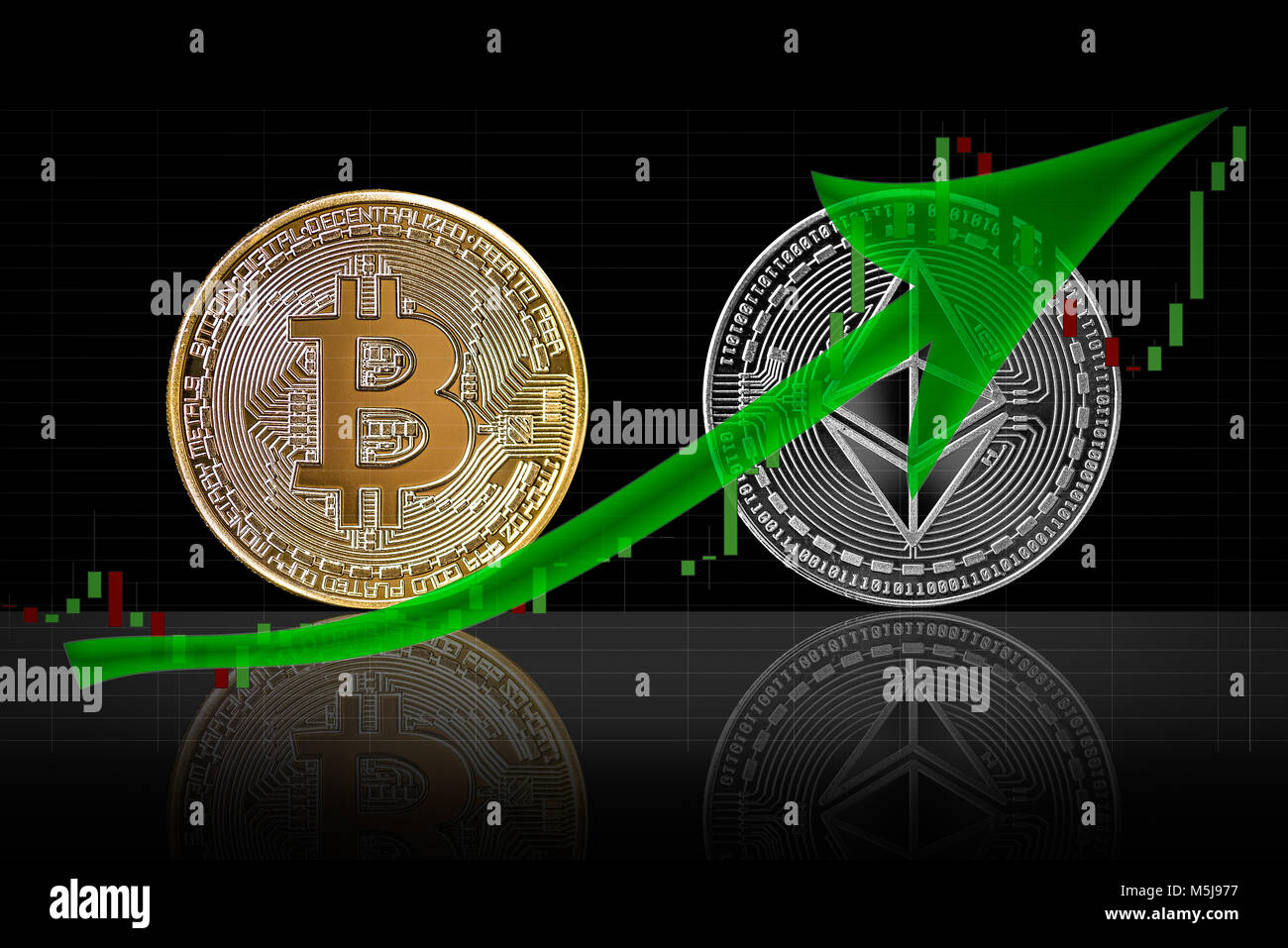
The Dual Faces of Cryptocurrency: From Traditional Banking Moves to State-Sponsored Heists
In a significant move that showcases the evolving landscape of finance, Intesa Sanpaolo, Italy’s largest bank, has ventured into the world of cryptocurrency by purchasing about 1 million euros worth of Bitcoin. This experiment by a banking giant is indicative of the growing acceptance and investment in digital currencies, especially as the European Union has recently enacted comprehensive crypto regulations.
Italy’s banking giant makes a bold move into Bitcoin.
Intesa Sanpaolo’s Strategic Cryptocurrency Experiment
With 11 Bitcoin acquired, Intesa’s foray into the market is modest against the backdrop of their 100 billion euros securities portfolio. Carlo Messina, the CEO, described this move as an experiment designed to understand the market rather than a full commitment. In the context of expanding client requests for cryptocurrency investments, Intesa aims to position itself favorably among its sophisticated clientele, drawing parallels to institutions like UBS that have embraced digital assets.
Messina stated, > “It’s a test. We need to know how to do this if our bigger clients ask us to.”
This cautious yet forward-thinking approach highlights how traditional financial institutions are adapting to the burgeoning digital asset environment. Furthermore, the establishment of a proprietary crypto trading desk within the corporate and investment banking division shows that Intesa is not merely dipping its toes in the water but is preparing to dive deeper into blockchain technology.
 Understanding the infrastructure behind cryptocurrencies is essential for banks.
Understanding the infrastructure behind cryptocurrencies is essential for banks.
The Implications of a Coin Flip
The implications of such initiatives extend beyond mere investments. As new regulations come into play across Europe and the US—stimulated by optimism for the incoming administration—the stage is set for crypto to become a regular feature in institutional portfolios. This shift could lead not only to increased legitimization of cryptocurrencies but also to heightened competition among banks as they vie for a new class of clients seeking exposure to digital currencies.
However, the relationship between traditional banking and cryptocurrencies is fraught with complexities. While some institutions, like Intesa, are cautiously entering the market, others are facing threats from external actors, particularly North Korean hackers, who are increasingly targeting the crypto space for illicit gains.
North Korea’s Cryptocurrency Heists: A Growing Threat
In stark contrast to the responsible moves from banks like Intesa, the US State Department recently raised alarms after North Korea reportedly stole at least $659 million in cryptocurrency over the last year. This trend of state-sponsored cybercrime poses a significant threat to the integrity of the global financial system, leading to warnings from South Korea and Japan as well.
Cybersecurity threats continue to evolve alongside cryptocurrency.
The North Korean hackers employed sophisticated methods such as using malware to hijack employees’ systems, which in one incident led to an incredible $308 million theft from a Japanese exchange, DMM Bitcoin. The attackers’ tactics, including impersonating recruiting professionals on platforms like LinkedIn, illustrate the lengths to which these criminals are willing to go, and the significant risks these methods pose to the cryptocurrency infrastructure.
The joint statement from the US, South Korea, and Japan warned that these heists are just the tip of the iceberg regarding the potential financial instability they could cause.
Strengthening Defenses Against Cyber Crime
In response to the escalating threat, these countries urged collaboration among private and public sectors to bolster vetting processes within blockchain companies and the freelance IT industry. This collective effort aims to tackle the infiltration of North Korean hackers in legitimate cryptocurrency firms, highlighting a growing duality in the crypto narrative—while traditional banks explore the potential of digital assets, they also need to guard against the nefarious activities that have come to characterize parts of this space.
A New Era Consolidated in Cryptocurrency
As banks like Intesa Sanpaolo step into the world of Bitcoin, they are fundamentally reshaping the nature of finance and its relationship with digital currencies. This shift toward integration may offer benefits for both institutions and clients but opens the door to greater complexity and risk associated with cybercrime.
As the industry evolves and more players enter the market, the dichotomy between innovation and threat will be central to discussions about the future of cryptocurrency as a legitimate financial asset. The market’s response to these factors will be pivotal in shaping how cryptocurrencies are perceived and utilized moving forward, ensuring that the narrative around them is as dynamic as the technology itself.
 The future remains uncertain as cryptocurrency continues to evolve.
The future remains uncertain as cryptocurrency continues to evolve.
In conclusion, the contrasting stories of Intesa Sanpaolo’s explorative measures and North Korea’s oppressive tactics serve as reminders of the cryptocurrency landscape’s dual nature—where opportunity exists alongside danger. As institutions adapt and hackers innovate, the importance of regulatory measures and cybersecurity has never been more critical.















